SUMMARY
This is AI generated summarization, which may have errors. For context, always refer to the full article.
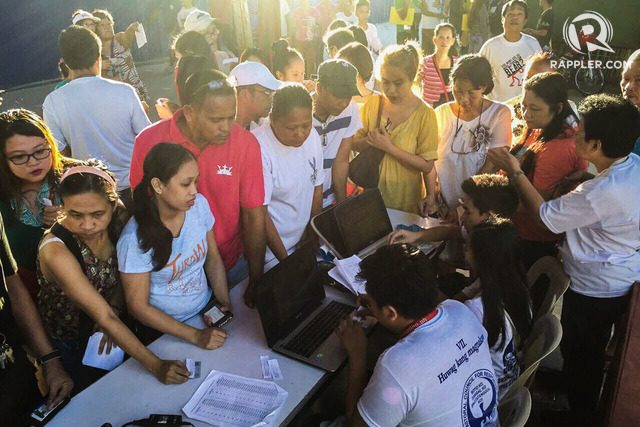
After a postponement in September, a voting simulation for the 2022 elections organized by the Commission on Elections (Comelec) will finally push through on Saturday, October 23, in San Juan.
An expected 4,235 test voters will participate in the whole-day activity, which aims to identify “areas of concern” in the conduct of the elections amid a raging pandemic.
What will happen?
For the simulation, a total of seven classrooms will be used – four of them as polling precincts and three as holding areas.
Saturday’s activity will give the Comelec an idea of how it could effectively decongest polling precincts moving forward. For the 2022 elections, the Comelec is seeking to reduce the number of voters per precinct to 800 from 1000 in 2019.
“[Among] the objectives of the simulation activity…[is] to devise measures that will decongest polling places and implement procedures that will ensure completion of voting process in the shortest possible time,” the Comelec said in a statement on Thursday, October 21.
The election body also wants to know how long it would take on the average for election staff to verify the identity of voters on election day.
Anti-coronavirus measures
Test voters will be compelled to wear face masks and face shields, observe physical distancing, and undergo temperature screening.
Medical personnel will be present on-site, as well as COVID-19 marshals similar to the ones who were deployed during the weeklong filing of certificates of candidacy at the Sofitel tent in Pasay City earlier in October.
The following features will also be seen at San Juan Elementary School, the venue of the simulation activity on Saturday:
- plastic barriers in classrooms;
- isolation polling place, where individuals who will register a temperature higher than 37.5 degrees Celsius could cast their ballots;
- and emergency accessible polling place for members of the vulnerable sector.
“While we definitely expect these health and safety protocols to impact voting hours and the number of voters that may be allowed to vote at a given time, we are confident that this activity will help us to streamline the overall voting experience,” Comelec spokesperson James Jimenez said.
Why is the Comelec doing this?
The poll body has been on the receiving end of persistent calls to “COVID-proof” the May 9, 2022 vote, the first nationwide electoral exercise to be conducted in the Philippines against the backdrop of a global health crisis.
A Pulse Asia survey conducted in June revealed 46% of Filipino voters would rather skip election day should COVID-19 cases remain high at the time.
At present, the Philippines is still dealing with over 60,000 active COVID-19 cases, and the emergence of coronavirus variants has repeatedly stalled the government’s efforts to reopen the economy.
The Comelec has also sought a budget of nearly P42 billion for 2022, more than double of what it received in the last presidential election year, in a bid to make voting safer despite the virus threat.
The Duterte administration, however, only proposed over P26 billion to Congress, which is still bigger compared to Comelec’s budget in election years 2016 and 2019. – Rappler.com
Add a comment
How does this make you feel?
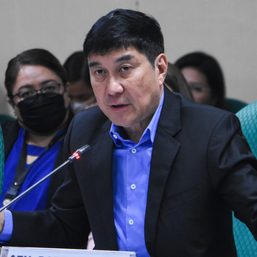

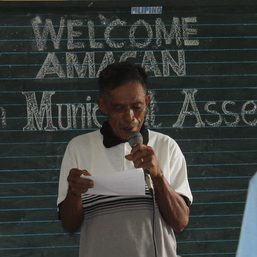
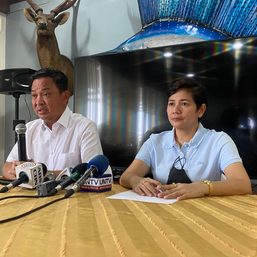
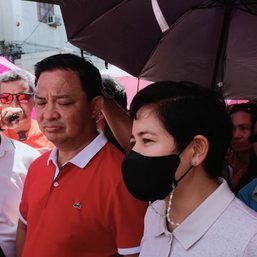
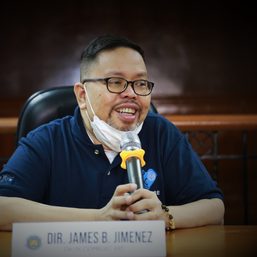
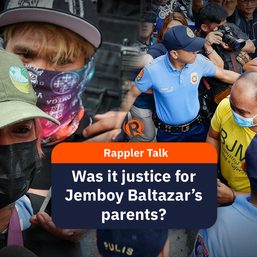
![[New School] Tama na kayo](https://www.rappler.com/tachyon/2024/02/new-school-tama-na-kayo-feb-6-2024.jpg?resize=257%2C257&crop=290px%2C0px%2C720px%2C720px)
![[Only IN Hollywood] After a thousand cuts, and so it begins for Ramona Diaz and Maria Ressa](https://www.rappler.com/tachyon/2024/02/Leni-18.jpg?resize=257%2C257&crop=262px%2C0px%2C720px%2C720px)
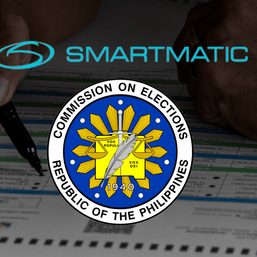
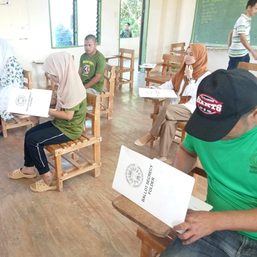

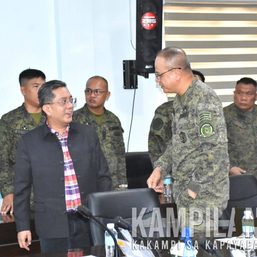
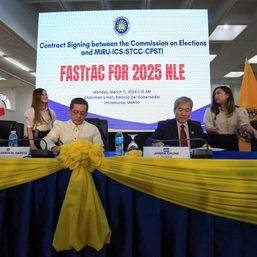
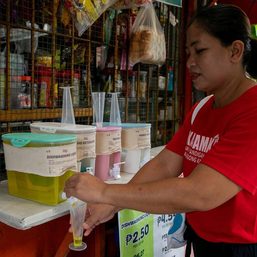


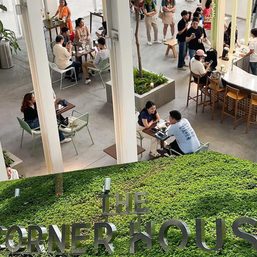
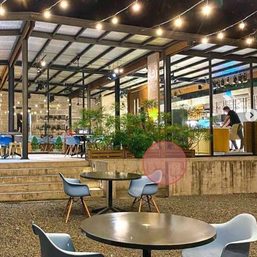
There are no comments yet. Add your comment to start the conversation.